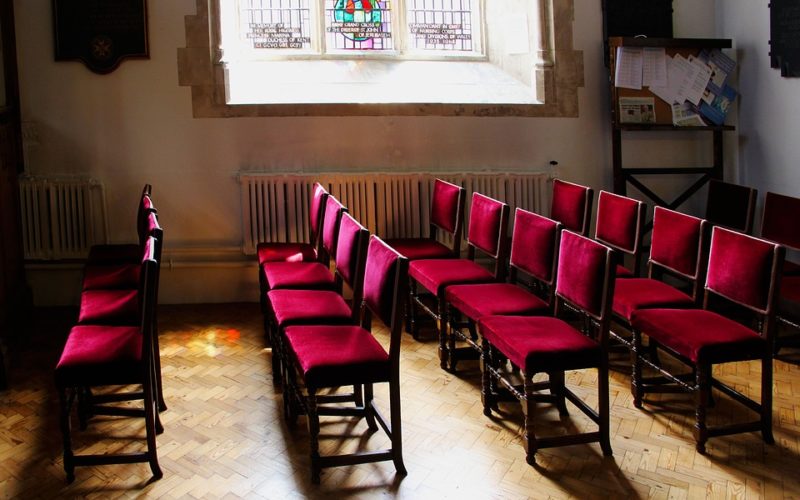Learning Through Assemblies
The work of many good educators goes far beyond the basics of academic learning, and modern schools have embraced this concept in an organized way. Rather than leaving individual teachers with the task of teaching social skills, they have given them support through the use of regular assemblies. Students who attend these are taught many different lessons that will help them in their daily life, but they are also receiving important educational material that may or may not be part of their regular classes. Assemblies have become an important way for educators to transmit the information students need to help them adjust to the social factors that will now be a part of their daily lives.
Reinforcement Techniques for Learning
Students learn their lessons through many different techniques that educators have discovered over the years, but some of them work better than others. Reinforcement of lessons has usually been learned through rote, and some educators have found that returning to a subject repeatedly is the best way to help students. Homework is another reinforcement technique to help learning, but young children are often not given as much help in this area due to their age. Presenting students with visual aids during speaking has become one of the best ways educators have found to help younger students retain information longer.
Presenting Information in Assemblies
Gathering students together in a group larger than their classroom often has the feeling of a holiday, but assemblies KS2 Powerpoints are often about serious subjects. These younger students have a great deal to learn, so giving them the information in a more relaxed setting is one way to assist them. A teacher or school official generally speaks to all the students in the level that has assembled, and video is used as a reinforcing tool. Schools that need help with their video presentation can go online to Primary Works where they will find a large variety of primary assemblies packages for effective presentations.
Testing Reinforcement Techniques
Students learn at different rates, so it is important for educators to test their retention before moving on. If they have learned their lessons well, they can progress to more complex concepts. Those who are struggling can receive additional help, and this method has been used to gauge the effectiveness of many teaching techniques. Students gathered for assembles might not be tested as rigorously, but the application of the information they receive is part of how educators determine whether or not they have absorbed the information presented. Observing students in this manner allows them a non-invasive way to assess progress as well as help students understand the concepts presented to them during assemblies.
There are many different ways educators have learned how to teach even the youngest children advanced concepts, and assemblies have become a potent tool in their arsenal. Teaching basic socialization skills has always been part of a well-rounded education, and many of the subjects addressed while students are gathered are reinforced at that time. Presenting the information with a combination of speaking and pictures gives the children a way to grasp the information so they can retain it long after they walk to class with their friends.





